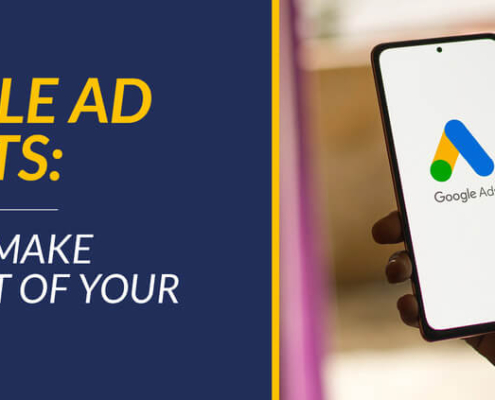
Google Ad Grants: How to Make The Most of Your Free Ads
Imagine having $10,000 each month to get your nonprofit in front…

5 Corporate Giving Events That Teams of Any Size Can Host
Corporate social responsibility (CSR) is the concept that corporations…

6 Common Challenges with Marketing and How To Solve Them
Finding new ways to reach and engage donors is a continual challenge…

Nonprofit Website Design Made Easy: A Digital Guide
Your nonprofit’s website is a powerful tool to expand your…